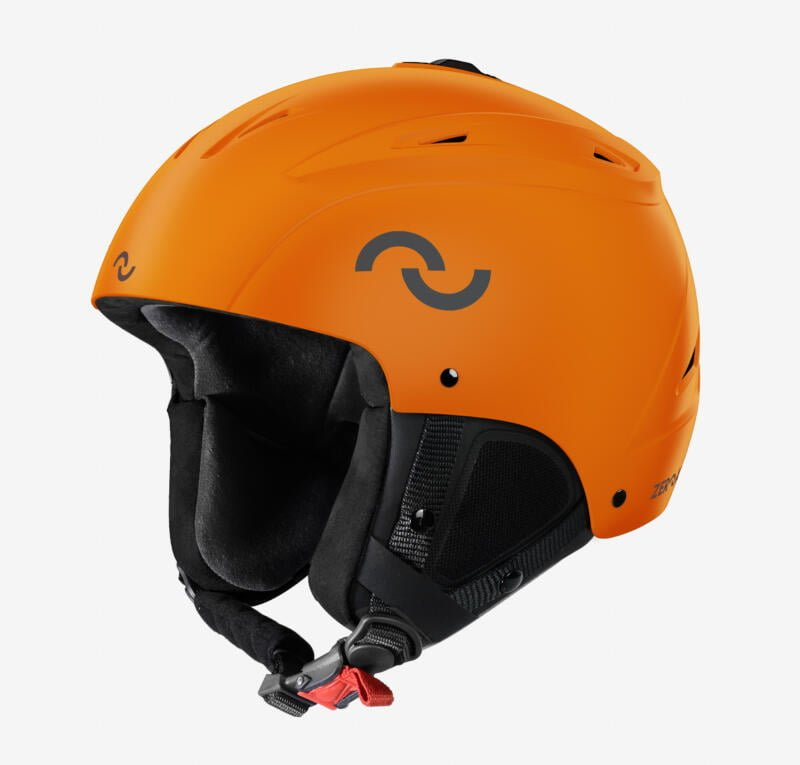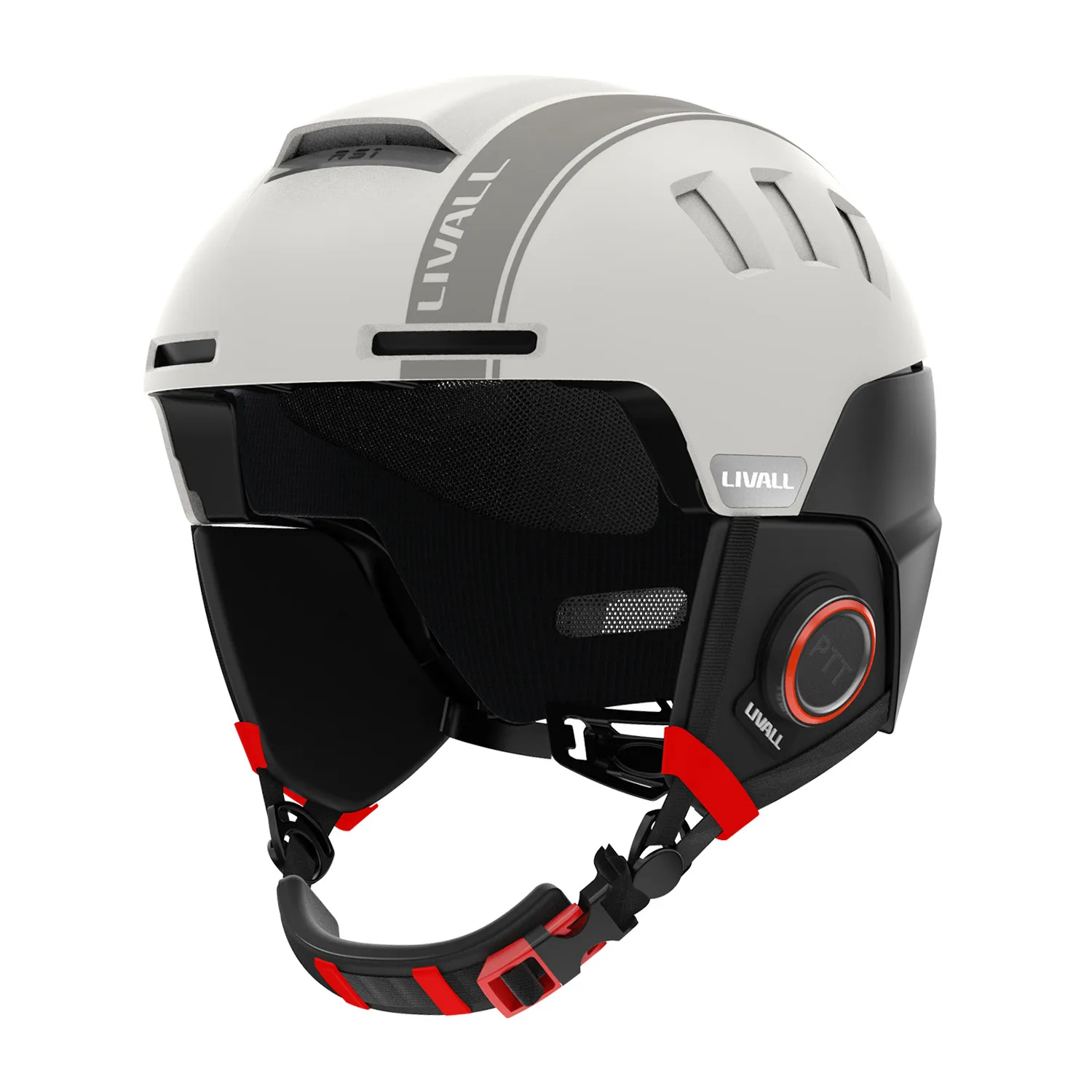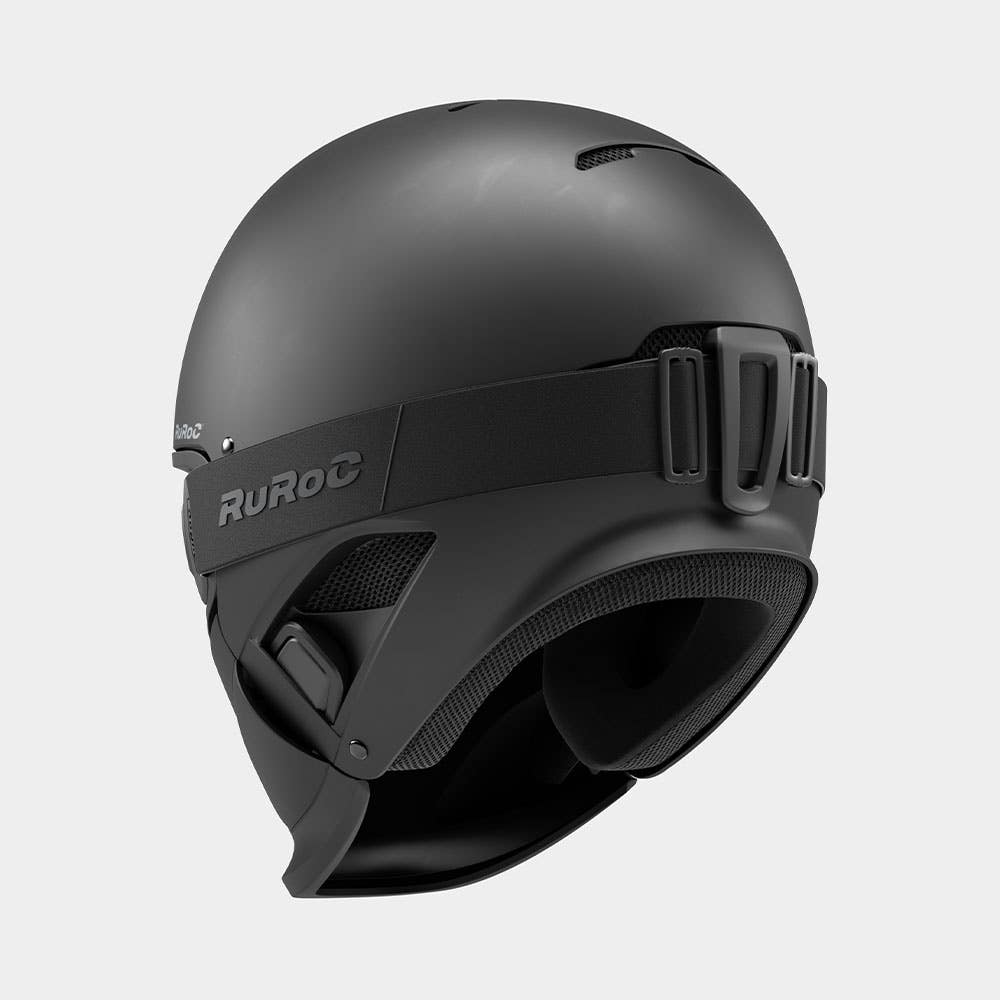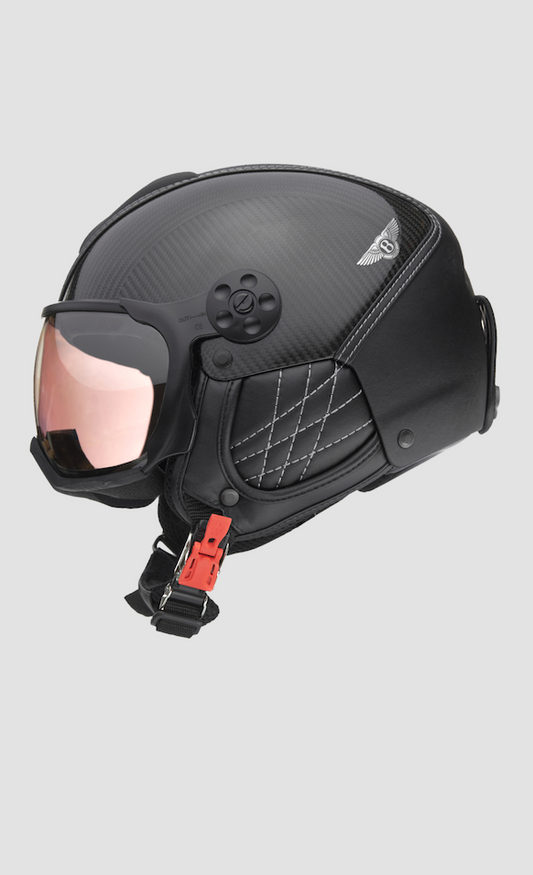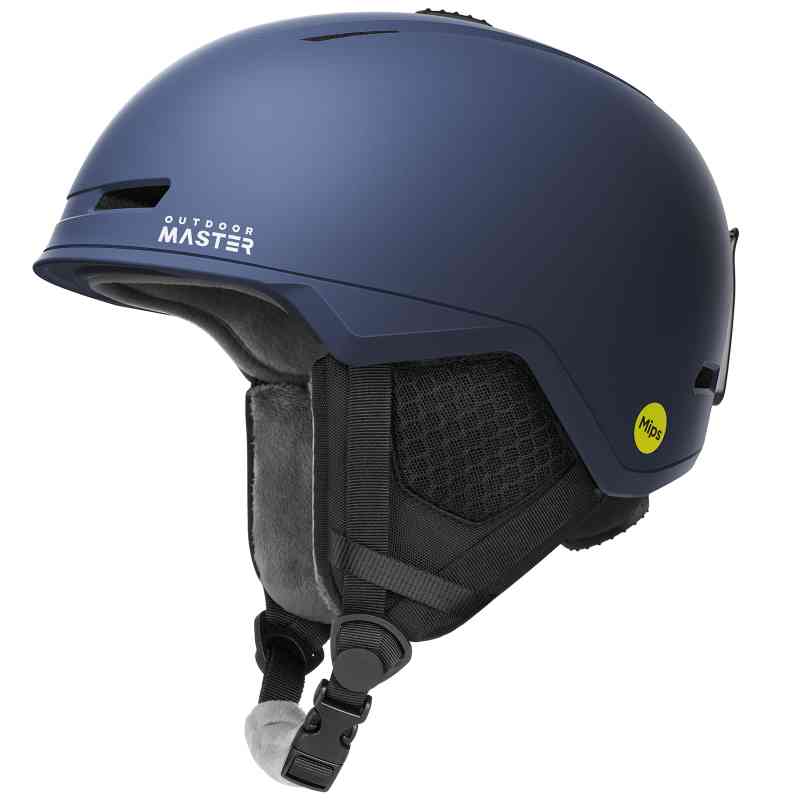Introduction to Ski Helmet Importance
Skiing and snowboarding are thrilling winter sports enjoyed by millions worldwide. However, with high speeds and unpredictable terrain, ensuring safety is paramount. Among the essential gear, the ski helmet stands out as a critical safeguard against head injuries. In this comprehensive guide, we delve into the significance, advancements, and features to consider when choosing the perfect ski helmet for your adventures on the slopes.
Understanding the Necessity of Ski Helmets
Wearing a ski helmet is not just a recommendation; it’s a vital aspect of slope safety. According to studies, helmets can significantly reduce the risk and severity of head injuries during skiing and snowboarding accidents. By absorbing and dispersing the force of impact, helmets act as a protective barrier for one of our most vulnerable body parts – the head. Moreover, modern ski culture increasingly embraces helmet use, making it a standard part of any skier’s or snowboarder’s attire.
The Evolution of Ski Helmet Design
From cumbersome and basic protective shells to sleek, high-tech gear, ski helmet designs have come a long way. Early helmets were often heavy and uncomfortable, deterring many from wearing them. Today, advances in materials like lightweight composites and EPS foam have transformed helmets into featherweight yet sturdy protective gear. These materials offer both durability and breathability, ensuring comfort without compromising safety.
Key Features to Look for in a Ski Helmet
When selecting a ski helmet, several key features should be considered to ensure optimal performance, comfort, and safety.
Fit and Comfort
A proper fit is crucial for both safety and comfort. A helmet should sit snugly on your head, with minimal movement when you shake it. Most helmets come with adjustable straps and sizing pads for a customized fit. It’s essential to try on helmets with your ski goggles, as the two should work together seamlessly without any gaps for cold air or snow to sneak in.
Ventilation
Skiing can be an intense workout, and a sweaty head can quickly turn a fun day on the slopes into an uncomfortable one. Modern helmets feature adjustable ventilation systems, allowing you to regulate temperature and airflow. These vents can be opened for cooling during climbs or closed to retain warmth during descents or colder days.
Safety Certifications
Ensure your helmet meets recognized safety standards such as those set by ASTM (American Society for Testing and Materials), CE (European Committee for Standardization), or Snell. These certifications guarantee that the helmet has undergone rigorous testing and meets specific impact absorption and retention system requirements.
Audio Compatibility
For those who enjoy listening to music while skiing, many helmets now offer built-in audio compatibility or removable earpads designed to accommodate headphones. This feature allows you to stay connected and entertained without sacrificing safety or awareness on the mountain.
Technological Advancements in Ski Helmets
In the realm of winter sports safety, ski helmets have witnessed tremendous technological advancements that go beyond basic protection. These innovations not only enhance user safety but also integrate seamlessly with contemporary lifestyle demands, elevating the overall skiing and snowboarding experience. Here, we delve into some of the most influential technological breakthroughs shaping the future of ski helmets.
MIPS: Redefining Impact Protection
MIPS (Multi-directional Impact Protection System) represents a significant leap forward in helmet safety technology. Traditional helmets primarily focused on direct linear impacts, whereas MIPS addresses the more complex issue of rotational forces. This low-friction layer within the helmet allows the outer shell to rotate slightly around the skull upon impact, reducing rotational acceleration and thereby minimizing the risk of brain injury. MIPS-equipped helmets offer an additional layer of defense without compromising weight or comfort.
Aerodynamics and Weight Reduction
Advances in materials science have led to the development of lighter yet stronger helmet shells. Materials like carbon fiber, advanced composites, and optimized EPS foams are carefully crafted to provide robust protection while significantly reducing helmet weight. Lightweight helmets not only minimize neck strain but also improve overall skiing performance by reducing fatigue and enhancing agility.
Climate Control Systems
Gone are the days of stuffy, overheated helmets. Modern ski helmets incorporate sophisticated ventilation systems that can be adjusted according to weather conditions and activity levels. Some helmets boast active ventilation, using mechanical sliders or automatic temperature-controlled vents that open and close to maintain an optimal microclimate within the helmet. This feature ensures comfort during intense activity and warmth during idle periods or cold descents.
Smart Integration: Helmets Meet Wearable Tech
The integration of wearable technology into ski helmets has blurred the line between safety gear and high-tech accessories. Smart helmets now feature Bluetooth connectivity, allowing users to pair their devices for hands-free phone calls, music streaming, and even voice commands. GPS tracking and action camera mounts are also becoming commonplace, enabling skiers to document their adventures effortlessly. More impressively, some models incorporate crash detection sensors that automatically send distress signals in case of an accident, significantly shortening response times in emergency situations.
Customizable Fit Technologies
Recognizing that a personalized fit is crucial for both safety and comfort, manufacturers have introduced innovative fitting systems. Adjustable dial mechanisms, magnetic chin straps, and customizable padding ensure a snug, tailored fit for a wide range of head shapes and sizes. Some helmets even utilize 3D scanning technology to create fully customized shells, offering unparalleled comfort and protection.
Sustainability and Eco-Friendly Materials
As environmental consciousness grows, helmet manufacturers are incorporating eco-friendly materials into their designs. Recycled plastics, bio-based resins, and natural fiber reinforcements are being used to reduce the ecological footprint of helmet production without compromising safety or performance. These sustainable initiatives not only appeal to environmentally conscious consumers but also contribute to a greener future for the industry.
Conclusion
The continuous evolution of ski helmet technology underscores the industry’s commitment to enhancing user safety and experience. From MIPS and aerodynamic designs to smart integrations and eco-friendly materials, these innovations are transforming the once-basic protective gear into sophisticated, high-performance equipment. As technology pushes boundaries, the next generation of ski helmets promises an even safer, more comfortable, and technologically enriched adventure on the slopes. Embracing these advancements is not just about keeping up with trends; it’s about prioritizing personal safety and performance in the pursuit of winter sports fun.
Conclusion
The ski helmet has evolved from a bulky afterthought to a sophisticated piece of equipment that marries style, comfort, and cutting-edge technology. Choosing the right helmet not only safeguards your well-being but also enhances your overall skiing experience. Whether you’re a beginner or a seasoned pro, investing in a high-quality, properly fitted helmet is a decision that could make all the difference on the slopes. As technology continues to advance, the future of ski helmets promises even greater safety measures, convenience, and integration with our digital lifestyles, ensuring that every run down the mountain is as safe and enjoyable as possible.

